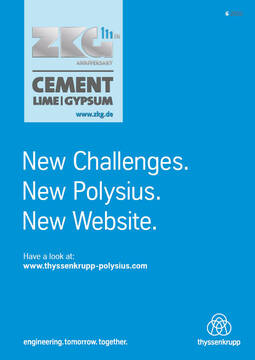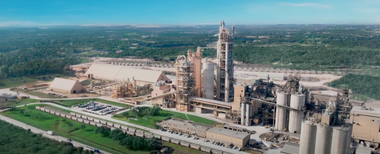Cement industry first to join Canada’s Net-Zero Challenge
Canada’s cement industry is leading the way in the fight to tackle climate change by joining the Net-Zero Challenge. The Net-Zero Challenge is a voluntary initiative led by the Government of Canada that encourages businesses to develop and implement credible and effective plans to transition their facilities and operations to net-zero emissions by 2050.
Adam Auer, President and CEO of the Cement Association of Canada joined the Hon. Steven Guilbeault, Minister of Environment and Climate Change, to announce the first participants of the Net-Zero Challenge, including cement as the first industry-wide participant.
Concrete is the most used building material on the planet, second only to water. It is found in virtually every class of infrastructure – from bridges to buildings, watermains to hydro-dams, hospitals to schools, sidewalks to subways. Concrete’s strength, durability and resilience will play a critical role in ensuring our infrastructure stands up to extreme weather– heat, flooding, wildfires and wind. Set to be released later this fall, the cement and concrete industry action plan to produce net-zero concrete by 2050 will include significant milestones, including cutting carbon emissions up to 40% by 2030.
Key facts
Carbon emissions from the production of cement is approximately 7% globally and 1.5% of Canada’s annual GHG emissions
Canada’s cement and concrete industry has committed to reduce over 15 megatonnes of GHGs cumulatively by 2030, and net-zero by 2050 (without the use of offsets)
Canada’s cement and concrete industry action plan to net-zero concrete will show how net-zero concrete is achievable with the right combination of technologies, incentives and regulatory policy
Decarbonization pathways for the cement industry include low carbon fuels, performance-based codes, standards and procurement policies, material efficiency, and carbon capture, utilization and storage
Participation in the Net Zero Challenge requires public transparency and disclosure, including a comprehensive net-zero plan, two interim emissions reduction targets consistent with achieving net-zero emissions by 2050 or earlier, and annual progress updates



